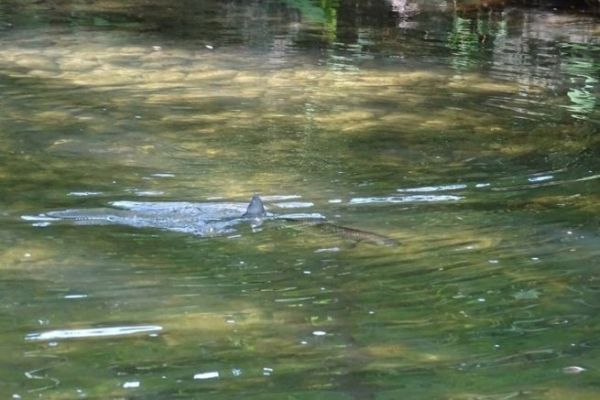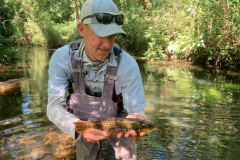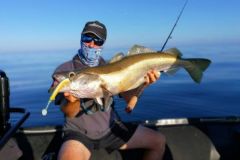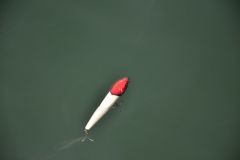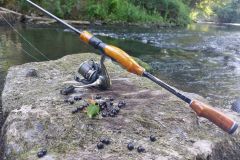Lure fishing for chub
Lure fishing for chub is a technique that can be practised almost all year round, depending on the type of lure used. For summer fishing, we recommend surface lures for a sensational sight-fishing experience. In spring and autumn, when the water is cooler, it's more effective to fish deeper, using soft lures and swimming fish. You can also use small, undulating, spinning spoons, which are very effective in calm areas.
In winter, chub activity drops drastically, but you can still get good results if you manage to slowly fish marked areas, such as a submerged branch, which cuts off the flow of water and creates an area where chub gather to consume less energy.
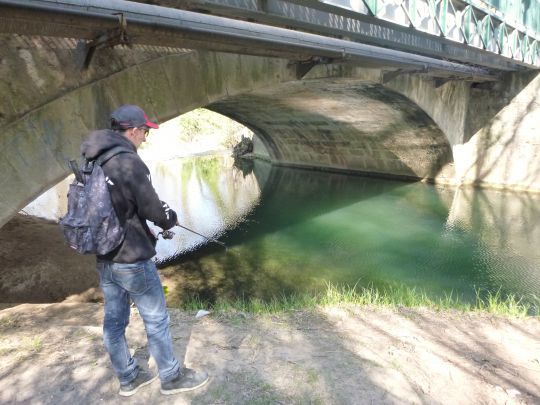
Chub fishing with natural baits
Natural baits are very effective for chub fishing since, although omnivorous, they feed mainly on invertebrates and insects. You can target them with a feeder, for example, and a few maggots. Beware, maggots are forbidden in the first category, so be sure to check that your spot is in the second category. It can also be fished with worms or moths, or simply with a cork drifting in the current.
The ideal technique is to spot schools of chub upstream, posted in currents or calms, and approach them gently to present them with a nice bait in front of the nose. A good cast is often synonymous with a catch, especially in summer when chub are most active at sunrise and sunset.
Fly fishing for chub
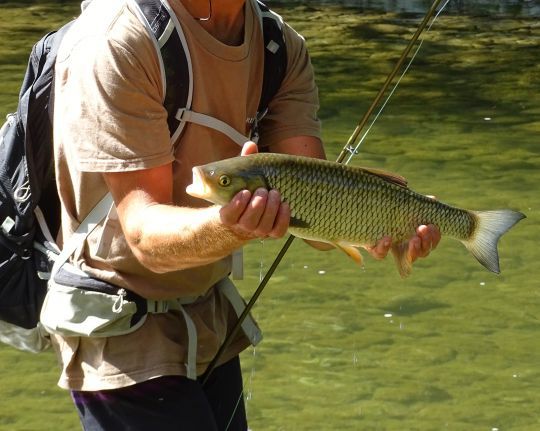
Dry fly fishing is the most spectacular technique for targeting chub. Small, basic beetle or ant imitations are very easy to make, especially if you're a beginner. The number of attacks can be very impressive and you'll be able to string together a series of catches without even moving in the river. Of course, you can also fish with small streamers or nymphs, but the pleasure of seeing a big chub gobble up a dry fly is unequalled.
Fighting is also very sporty, especially if the river has a large flow, which the fish will use to gain speed once hooked. This can be a great way to get used to fighting on a fly set, especially if you're using light tackle, a line of 3 or less.

 /
/ 